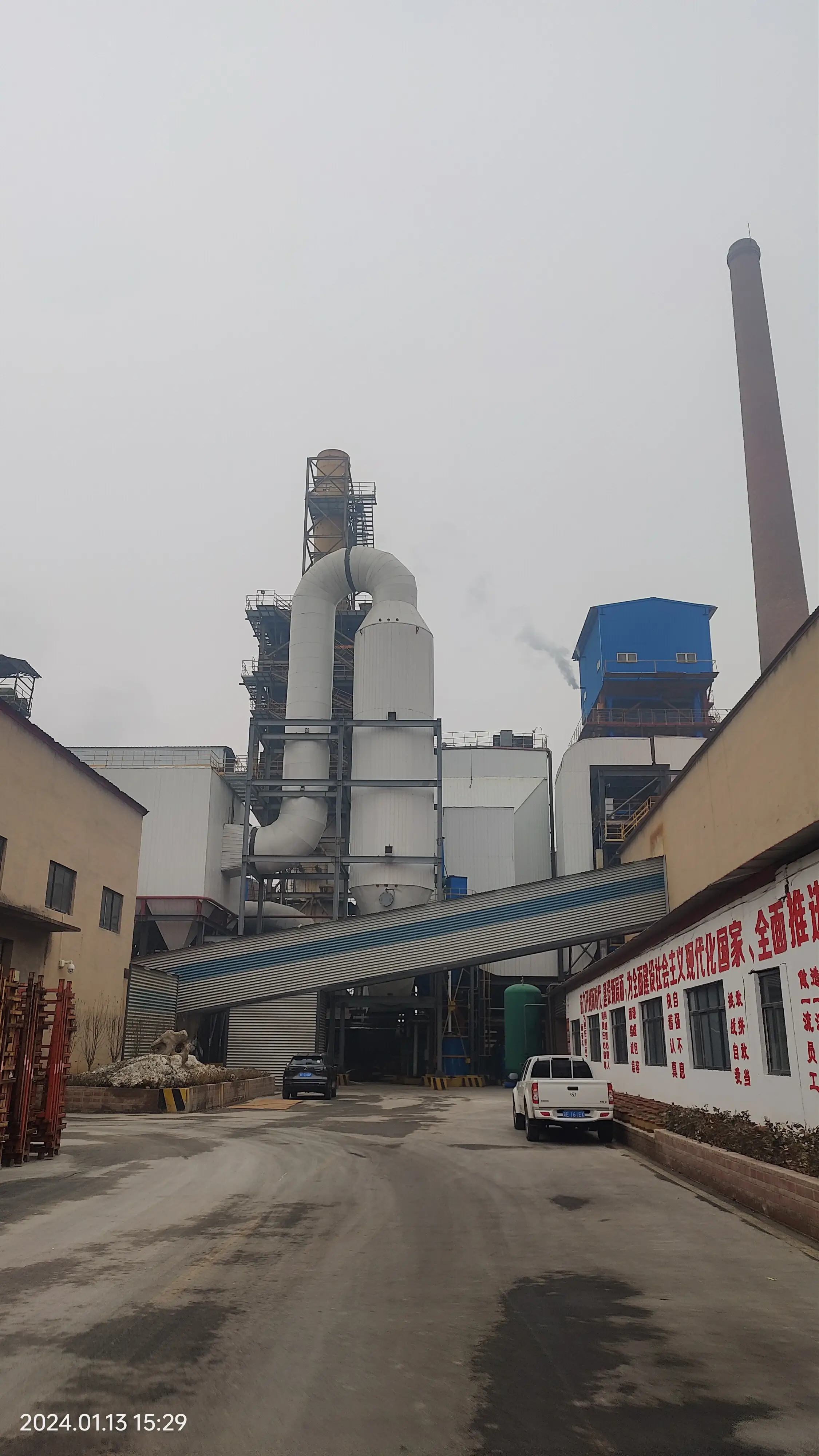

Understanding the Cost of Tempered Glass Factors, Benefits, and Applications
Tempered glass, also known as toughened glass, is a type of glass that has been processed by controlled thermal treatment to increase its strength. This specialized treatment allows tempered glass to withstand higher levels of stress compared to standard glass, making it a popular choice for a variety of applications, including doors, windows, shower enclosures, and furniture. Thanks to its enhanced durability, tempered glass is often viewed as a safer alternative, as it shatters into small, blunt pieces rather than sharp shards, minimizing the risk of injury. However, the cost of tempered glass can vary significantly based on several factors. This article explores the expenses associated with tempered glass and the various aspects that influence its pricing.
Factors Influencing the Cost of Tempered Glass
1. Type of Glass The cost may vary depending on the type of glass used as the base material for tempering. For instance, clear float glass typically costs less compared to low-iron glass, which is more transparent and has a higher aesthetic appeal.
2. Thickness Tempered glass is available in various thicknesses, typically ranging from 3mm to 19mm. Thicker glass generally incurs higher production costs due to the increased amount of raw material required and the more extensive processing needed to temper thicker sheets effectively.
3. Size The dimensions of the glass panels are another crucial factor. Custom sizes may require additional cutting and shaping, leading to increased labor costs and waste material disposal, further raising the overall price.
4. Finishes and Treatments Additional features such as frosted or tinted finishes, reflective coatings, or laminated layers contribute to the overall cost of tempered glass. These specialized finishes not only enhance the aesthetic appeal but may also provide additional properties like UV protection or privacy.
5. Fabrication and Installation The fabrication process, which might include cutting, drilling, or edging, can significantly impact costs. Moreover, professional installation services will often add to the total expenses, particularly for large or complex installations.
6. Market Demand and Availability Like any commodity, the market demand for tempered glass can influence pricing. During periods of high demand (e.g., construction booms), prices may spike due to limited availability.
Benefits of Using Tempered Glass

Despite its higher cost compared to traditional glass, tempered glass offers numerous benefits that justify the investment
- Safety As mentioned, tempered glass shatters into small pieces, reducing the risk of injury. This property is especially crucial for applications in homes and commercial spaces where public safety is a concern.
- Durability and Strength Its durability makes tempered glass less likely to suffer from everyday wear and tear. It can resist high impacts, making it suitable for high-traffic areas.
- Temperature Resistance Tempered glass can withstand extreme temperature changes, which makes it ideal for environments where significant thermal stress occurs, such as kitchen and bathroom applications.
- Aesthetic Appeal Its clarity and ability to be customized with different finishes make tempered glass a desirable choice for various design applications, enhancing the overall look and feel of a space.
Applications of Tempered Glass
The applications of tempered glass are vast and varied. It is commonly used in residential settings for shower doors, glass railings, and patio doors. In commercial spaces, it finds its niche in storefronts, office partitions, and facades due to its strength and modern appearance. Additionally, tempered glass is widely used in the automotive industry for side and rear windows, where safety is paramount.
Conclusion
In conclusion, while tempered glass may come with a higher price tag than regular glass, the numerous advantages it provides in terms of safety, durability, and aesthetic appeal make it a worthwhile investment for both residential and commercial applications. When considering tempered glass, it is essential to evaluate the specific requirements of your project, including size, thickness, and any additional features you may desire. Understanding the factors affecting the cost will help you make informed decisions, ensuring you get the best value for your investment. Ultimately, the investment in tempered glass not only enhances the beauty of your space but also ensures greater safety and peace of mind.